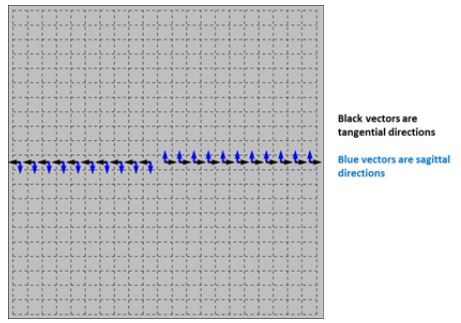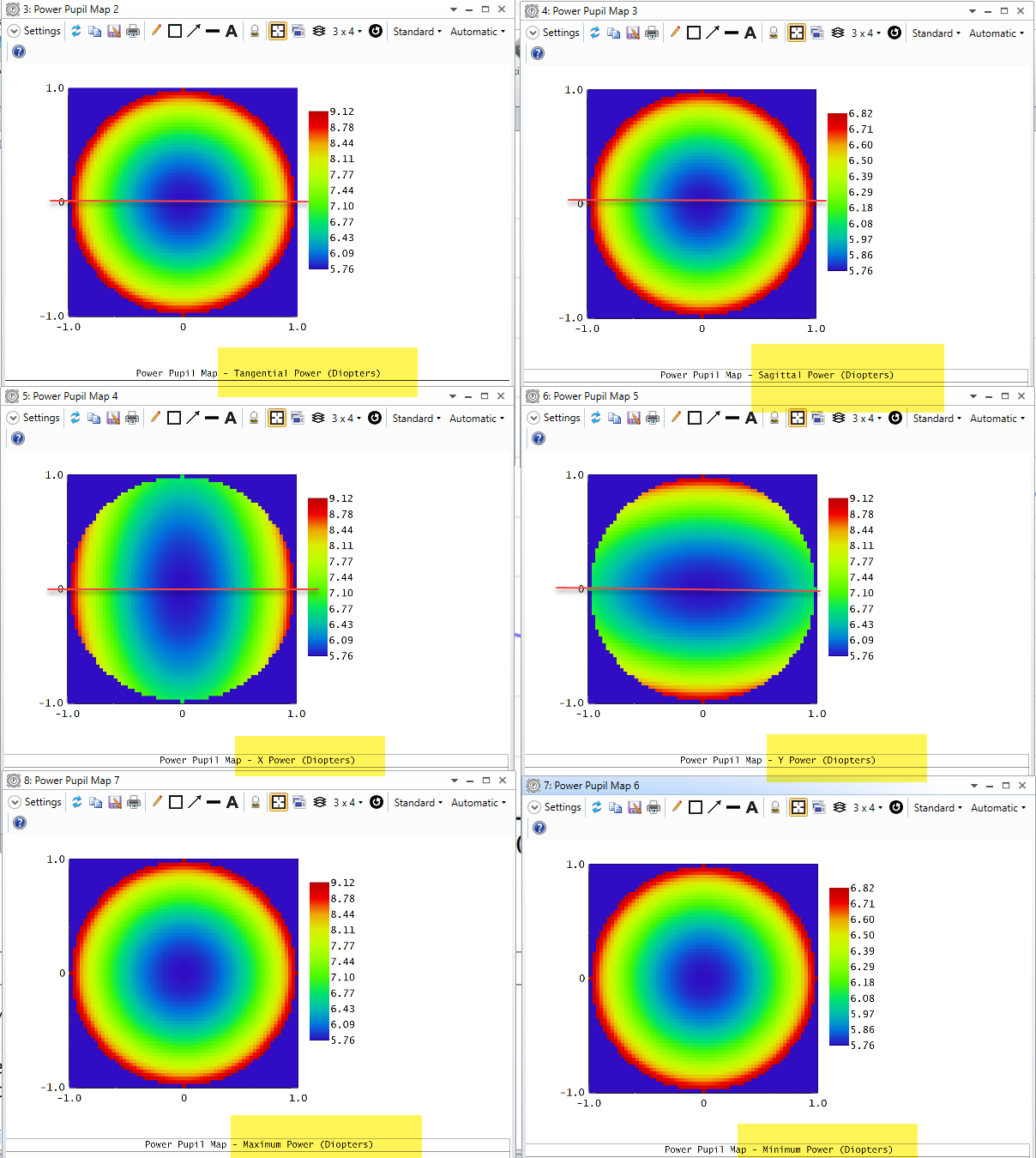I have a rotationally symmetric system.I don't know why the tangential focus is different from the sagittal focus.Thank you very much for answering my question.
Enter your E-mail address. We'll send you an e-mail with instructions to reset your password.






